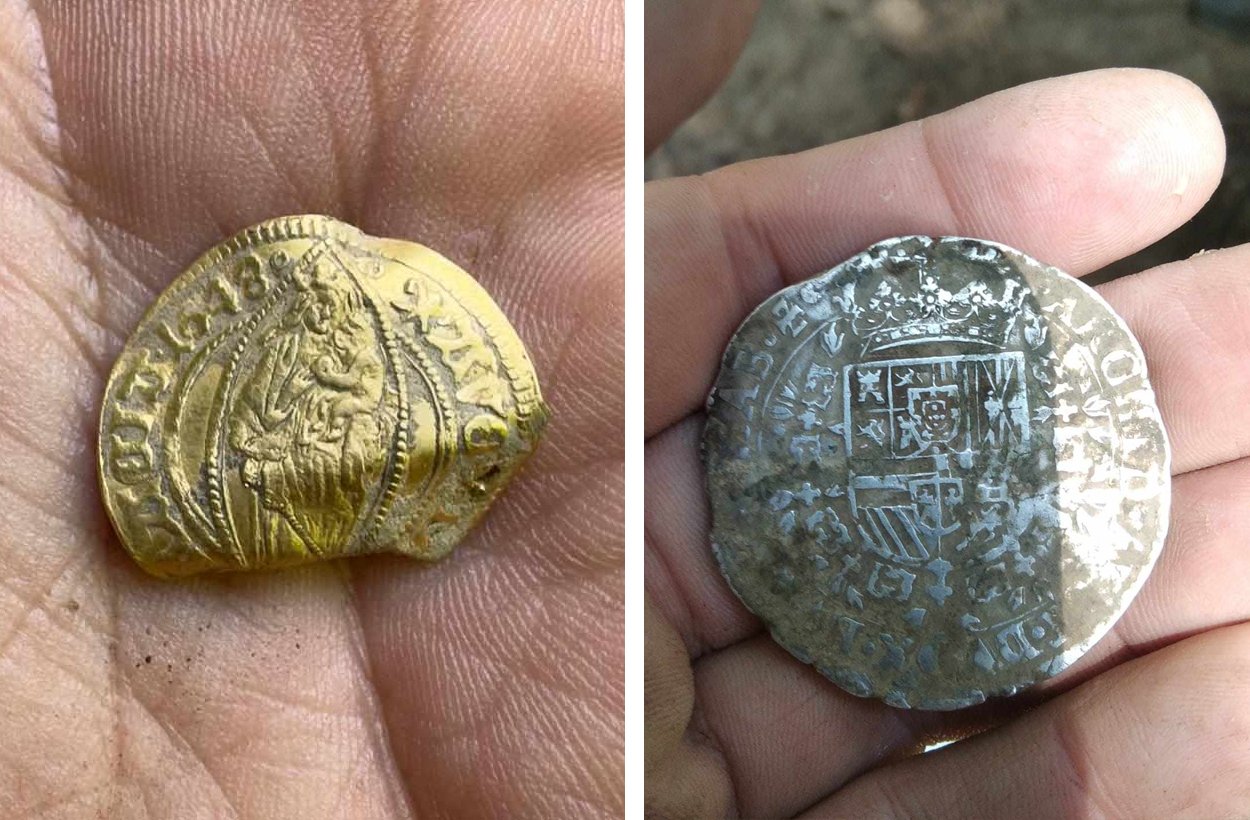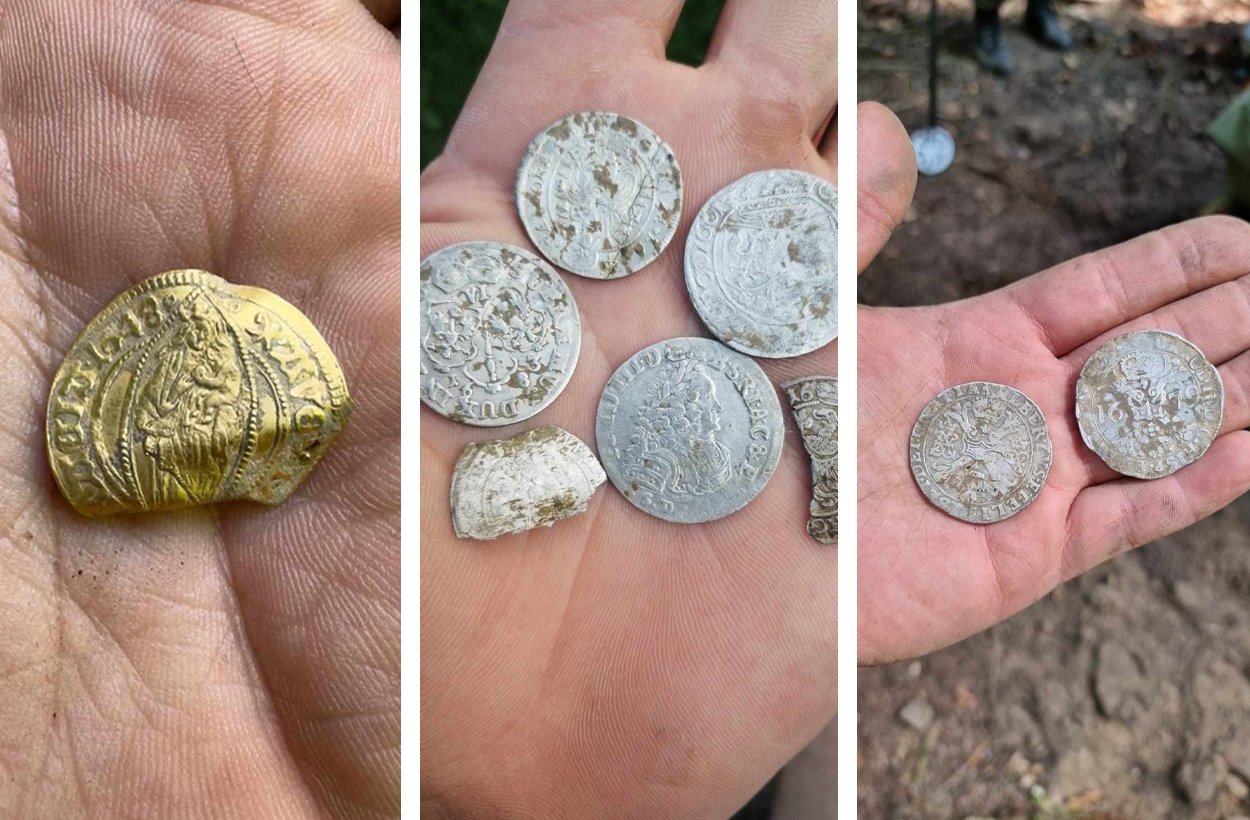A treasure hoard associated with Antoni Jaczewiczar, a notorious hermit, conman, and false prophet, has been discovered in the Świętokrzyskie Mountains in south-central Poland.
During the Great Northern War (1700–1721), the Republic of Poland had a severe outbreak of plague with a peak from 1708 to 1712.
Exploiting the desperation of people for a cure, Antoni Jaczewiczar claimed to have the power of healing and protection using his prayers, gifted by the Virgin Mary, who supposedly lived with him in a hermitage in the Świętokrzyskie Mountains.
The Świętokrzyskie Mountains have historically held religious significance, with the mountains often anglicised to “Holy Cross Mountains” after a Christian relic from a nearby Benedictine monastery on Łysa Góra, said to be a small piece of wood from the Cross on which Jesus Christ was crucified.

Jaczewiczar’s con became a lucrative venture, with considerable donations flowing into the coffers of his hermitage. His wealth reached such heights, that he hired armed guards and turned his hermitage into a mountain fortress.
Jaczewiczar’s scheme drew the scrutiny of local authorities, leading to his arrest and trial at the Krakow episcopal court. However, during the legal proceedings, he managed to break out of prison and absconded back to his mountain hermitage to resume his deception.
He was captured again in 1712 and tried by the court of the Bishop of Krakow, where he was sentenced to life imprisonment in Częstochowa.
Inspired by the stories told of Jaczewiczar, a team of detectorists from the Świętokrzyska Exploration Group conducted a survey with permission from the Świętokrzyskie Provincial Monument Conservator in the Świętokrzyskie Mountains.
The group discovered a large treasure hoard of coins made from silver and gold that date from the first half of the 17th century and the beginning of the 18th century. The hoard includes: orts, sixes, patagoons, krajcars and kopecks.
The most interesting coin among them is a 1648 gold Hamburg ducat featuring the depiction of the Madonna and Child, presumably intended for use as a medallion.
The group speculates that the hoard was likely collected as donations or votive offerings for Jaczewicza’s healing services, and deposited in the ground to hide his wealth when Jaczewicza was on the run from the authorities.
The hoard has been transferred to the Historical and Archaeological Museum in Ostrowiec Świętokrzyski. “Its conservation and detailed numismatic and historical analysis are planned this year, which we hope will provide more answers about the past of this deposit.” – said Wojciech Siudowski, from the Provincial Office for the Protection of Monuments in Kielce.
Header Image Credit : Świętokrzyska Exploration Group
Sources : Świętokrzyska Exploration Group





